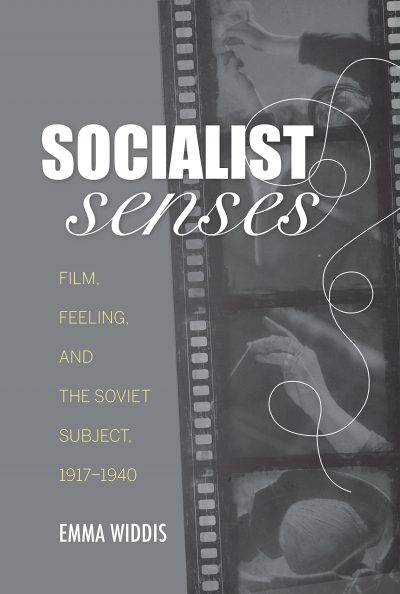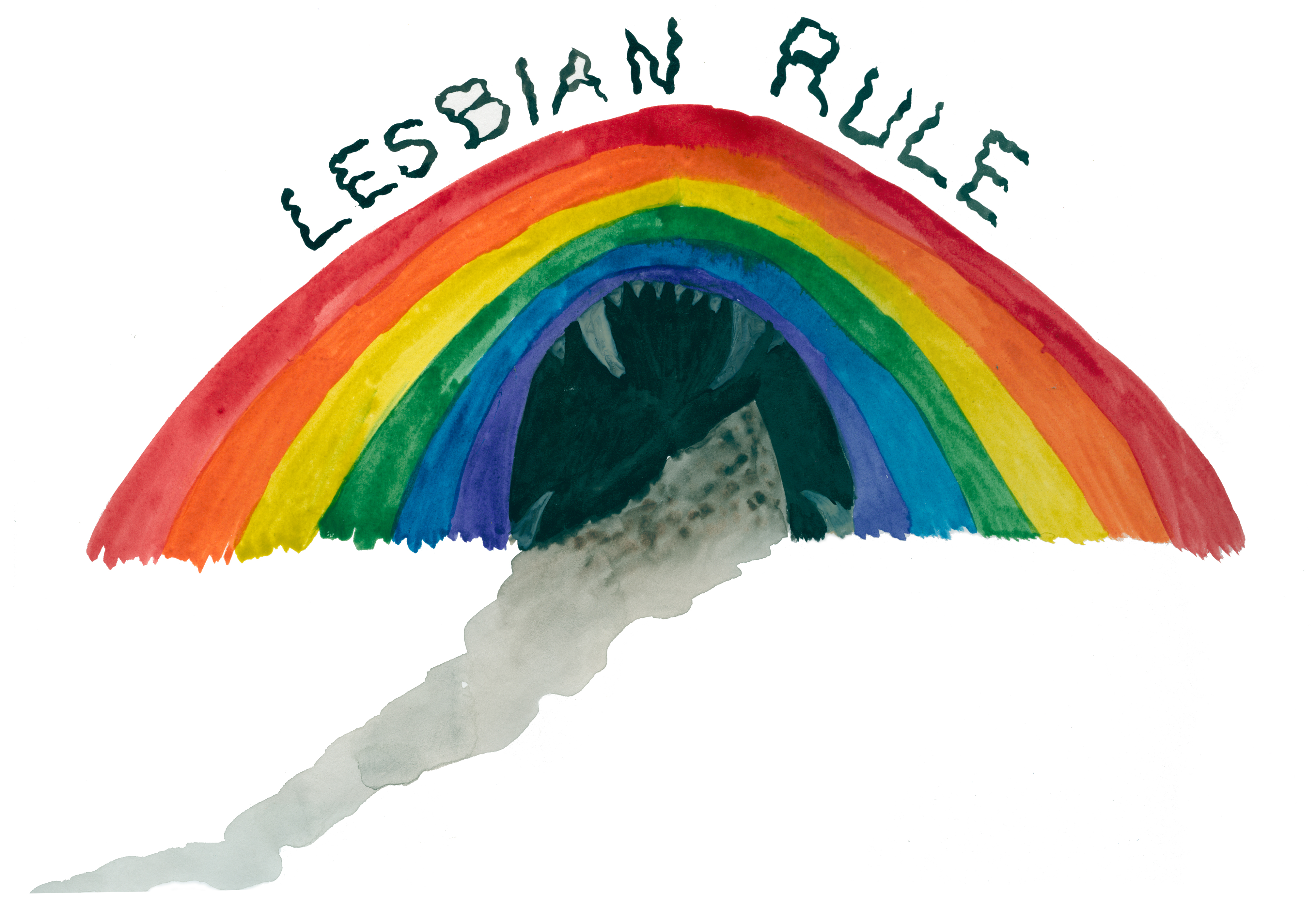The Monster Has Kind Eyes: Intimacy and Frustration in The Last Guardian
By Kaelan Doyle-Myerscough The Last Guardian is a 2016 single-player adventure game that follows the relationship between an unnamed young boy and a giant gryphon-like creature, referred to as Trico, as they navigate the ruins of an ancient, apparently technologically-advanced civilization.1 The player controls the boy, who is small and weak—he is incapable of fighting the ghostly suits of armor that he and Trico encounter throughout the game, and he often cannot physically traverse the massive, vertical ruins in which the game takes place without falling or stumbling. Meanwhile, Trico, who accompanies the boy, protects him from danger and is essentially impervious to harm; however, Trico is vulnerable to hunger, distraction, fear, and to the lingering effects of traumas it has apparently suffered at the hands of something in the ruins. The boy and Trico, neither fully able to traverse the space they find themselves in, must work together to locate food, overcome obstacles, and defeat enemies. Critical and audience responses to The Last Guardian were mixed: though the game was praised for its map …



